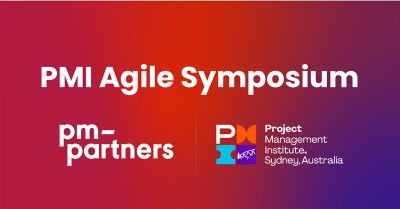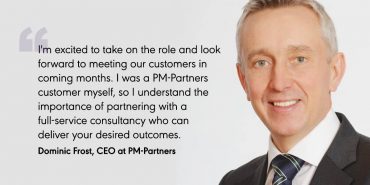Coronavirus: responding to change over following a plan

The past few weeks have seen some rapid and unprecedented changes in the way we are living, travelling and working, and by all accounts we should expect that the worst is yet to come with this crisis likely to stretch out for many months. The outbreak of COVID-19 has caused many of us to question our lifestyles, habits and working practices. We’re already witnessing economic impacts and some of our best laid plans in both our personal and professional lives are going awry. However this plays out, we know that work will never be quite the same again.
For those of us working in small businesses or managing critical project schedules this disruption couldn’t have come at a worse time – key supply chains are breaking down, dependencies are looking uncertain, people are either self-isolating, working remotely or they’ve been impacted by the virus in one way or another. Even some of the most robust risk management plans would not have anticipated this perfect storm.
In traditional or waterfall managed project lifecycles, this will inevitably lead to schedule slippages, budget overruns and the dreaded prospects of expensive change requests – and for many projects this will lead to failure. In this paradigm the business and the project managers expect to be able to plan everything upfront, assuming that nothing or little will change in the delivery environment – which is fine until something does.
APPLY AN AGILE MINDSET
There is hope – and this is where an agile mindset along with the associated frameworks, processes and approaches come into their own. The Agile movement emerged out of the software crisis in the 1970s where Volatility, Uncertainty, Change and Ambiguity (VUCA) started to outpace the ability of software teams to keep up. Early agile processes started to spring up that not only anticipated change but actively embraced change as a key part of the development process.
This agile movement culminated in the declaration of the Manifesto for Agile Software Development in 2001, specifically in the fourth principle – Responding to Change over Following a Plan. The agile movement has developed and matured since then, moving beyond software and we have seen an explosion of new and improved frameworks, but the key principle of responding to change remains a central plank of the agile mindset, and one that is especially relevant given the current situation we are faced with today.
DOUBLE DOWN ON YOUR AGILITY
For those teams and organisations already using agile in their projects, this is the time to double down on your ability to inspect, adapt, re-prioritise and re-plan accordingly. You need to change the way you think and approach your projects, consider this:
- One of your dependencies has slipped – what can you do instead? Could this be the time for ruthless prioritisation of that backlog?
- Your teams are now working remotely – how do you adapt to survive? Perhaps it is time to look at technical debt or carry out a remote working assurance health check?
- Perhaps your customers behaviours are changing? Take this as an opportunity to connect with them, find out how you can adapt to respond to their changing needs and keep your competitive edge.
EVOLVE TO SURVIVE
For those organisations not accustomed to using agile techniques, this might be the catalyst to start doing so. The environment around you is rapidly changing, you need to be able to build in the ability to react, adapt and pivot quickly to minimise the impact to your projects and your bottom line. This might be the time to engage an agile coach or shift your teams into a new way of working. If you aren’t considering this, your competitors certainly are.
At times like these we should acknowledge Darwin’s wisdom when he stated that “it is not the strongest who survive, but it is those most adaptable to change”.
If you want to learn more about how you can adopt or adapt your business’ agile practices to be able to respond to change in these VUCA times call the experts at PM-Partners on 1300 70 13 14 and we will guide you through these challenging and uncertain times.

About The Author
Matt Sharpe
Agile Principal Consultant and Practice Lead at PM-Partners
Matt is our Agile Principal Consultant and Practice Lead, with significant experience in advisory and consulting, strategic transformation, project, programme and portfolio management. Matt is a Certified Scrum Professional, with over 15 years experience working in the Agile space across Europe, The US, Asia, the Middle East and Australia.
Matt has worked at all levels of project delivery in both Waterfall and Agile modes ranging from single sprint deliverables through to multi-year agile portfolios exceeding $100m, as well as the design, planning, execution and management of agile transformations and capability uplifts in several organisations and industries across the world.







